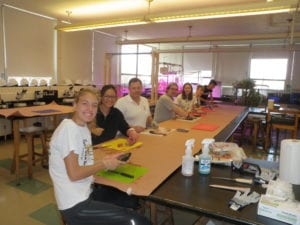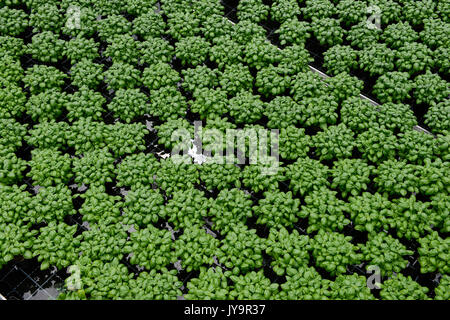The production of tilapia and basil using batch and staggered cropping systems, compare aquaponics with field crop production and evaluate the ratio of feed input to plant growing area. the projected annual production of tilapia was 4.37 t. the mean yield of basil was 2.0, 1.8 and 0.6 kg/m2 using batch, staggered and field. The projected annual production of tilapia was 4.37 t. the mean yield of basil was 2.0, 1.8 and 0.6 kg/m 2 using batch, staggered and field cropping systems, respectively. projected annual production of the system was 5.0 t of basil with staggered production. nutrient deficiency symptoms appeared only in the batch-cultured basil.. The projected annual production of tilapia was 4.37 t. the mean yield of basil was 2.0, 1.8 and 0.6 kg/m 2 using batch, staggered and field cropping systems, respectively. projected annual production of the system was 5.0 t of basil with staggered production. nutrient deficiency symptoms appeared only in the batch-cultured basil..
In the present study, tilapia and basil production was performed in an aquaponic system developed with the integration of fish and plant production in the same culture environment. the variation of elements in the water was monitored and their effects on fish growth performance and feed utilization together with the plant growth were recorded.. The objectives were to determine the production of tilapia and basil using batch and staggered cropping systems, compare aquaponics with field crop production and evaluate the ratio of feed input. However, the production of tilapia in combination with these vegetables resulted in net profit; with tilapia and basil being more profitable than tilapia and lettuce production. the use of aquaponics system to improve sustainability and productivity and, in the same time, lower environmental emissions has been evaluated by kloas et al. (2015). the authors used innovated, double recirculation aquaponic system (draps) for (nearly) emission-free tomato and tilapia production (astaf-pro) in.







0 komentar:
Posting Komentar